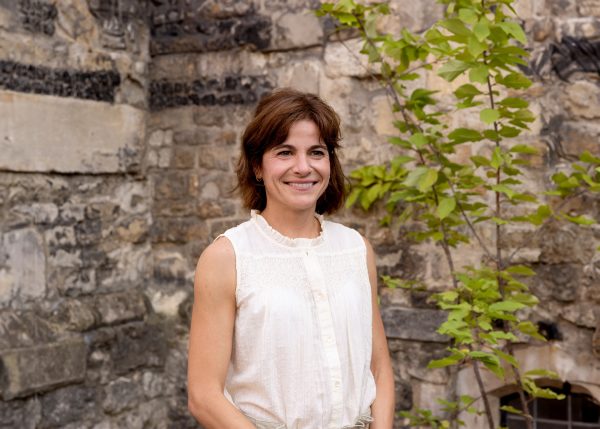My interest in urban design started whilst training to become an Architect in Seville, Spain. During my final year at university, I chose to focus on the regeneration of a site located beside a river. The project’s complexity and opportunity for change strongly captivated me. After moving to London and studying a Master’s in Urban Design, and then an MPhil with Prof. Philip Steadman, my interest transformed into a passion that still remains 20 years later.
Across my career, I have had the opportunity to work at world-renowned companies within the built environment, with each holistically feeding into my development and enhancing my ability at navigating the field of urban design. After a year at SOM working on large-scale masterplans, I joined Farrells, where I had the opportunity to work on urban strategies in London that challenge conventional thinking about places. At LDA Design, alongside a strong landscape architecture team, I specialised in delivering a range of regeneration schemes. Whilst at Arup, I worked with some of the most talented people in the company on an international spectrum of projects. And then in 2018, I joined Prior + Partners as a Director, where I have been leading projects internationally and in the UK, with the most notable being the Silvertown Masterplan.
Being an Architect by training and having later specialised in urban design is a valuable advantage that has shaped my perspective. Bringing together the two disciplines beyond the architect’s and the planner’s territory is what I find most interesting. I am always keen on taking a holistic approach in developing a well-designed and creative response to complex problems, presenting a clear case about solutions for the long term. I have taught Architecture and Urbanism at the Bartlett School of Architecture, University College London, and The University of Portsmouth. My research interests are in urban form and density, believing that an improved understanding in the field will enhance design solutions and enable the management of urban design in more intelligent and effective ways.
